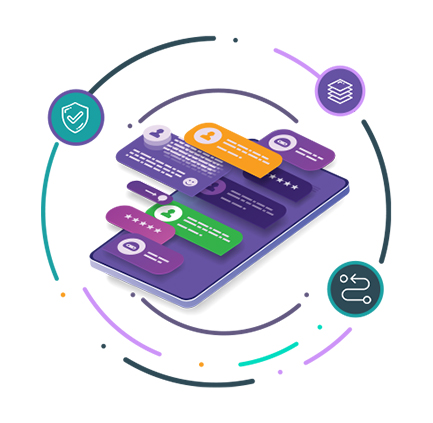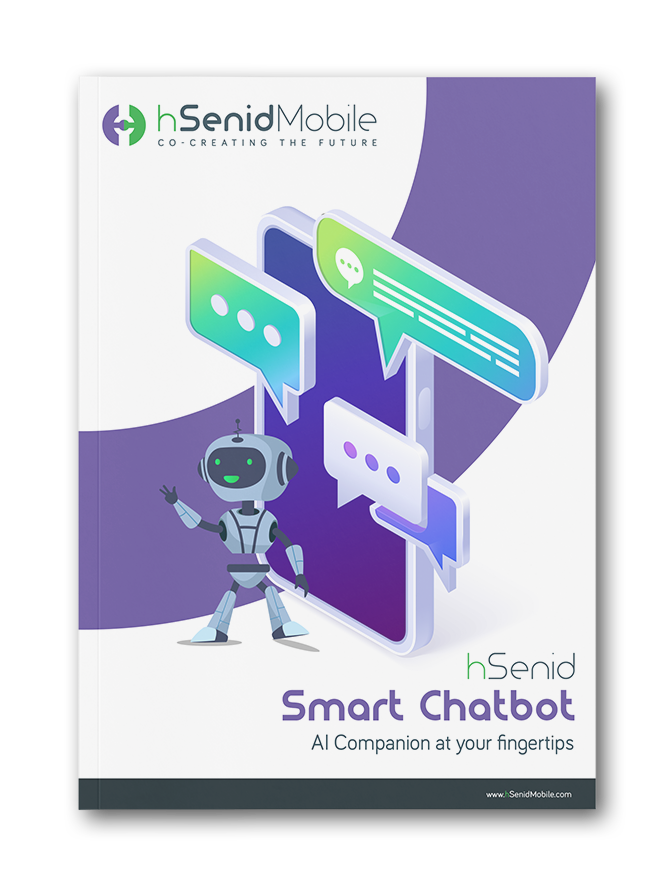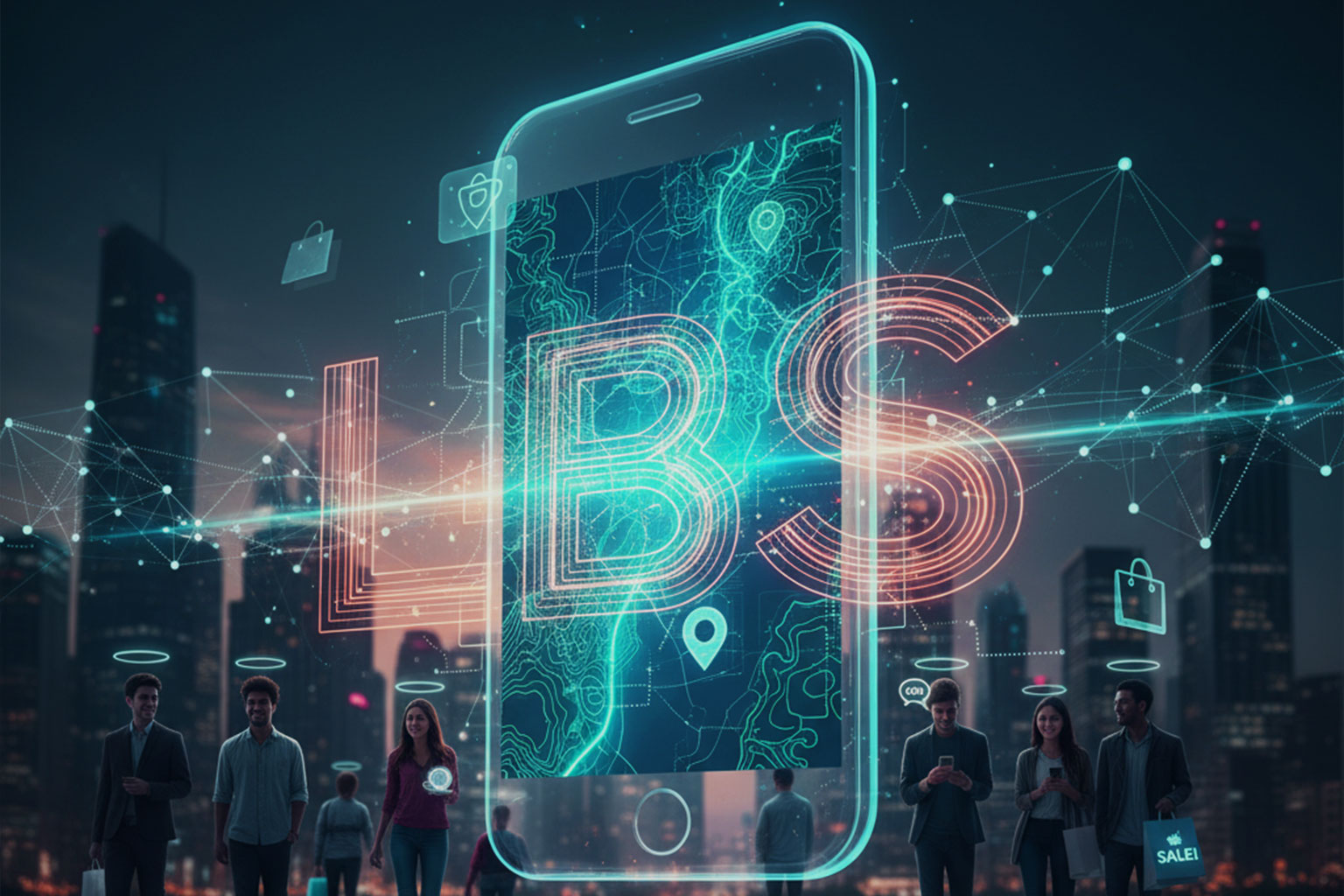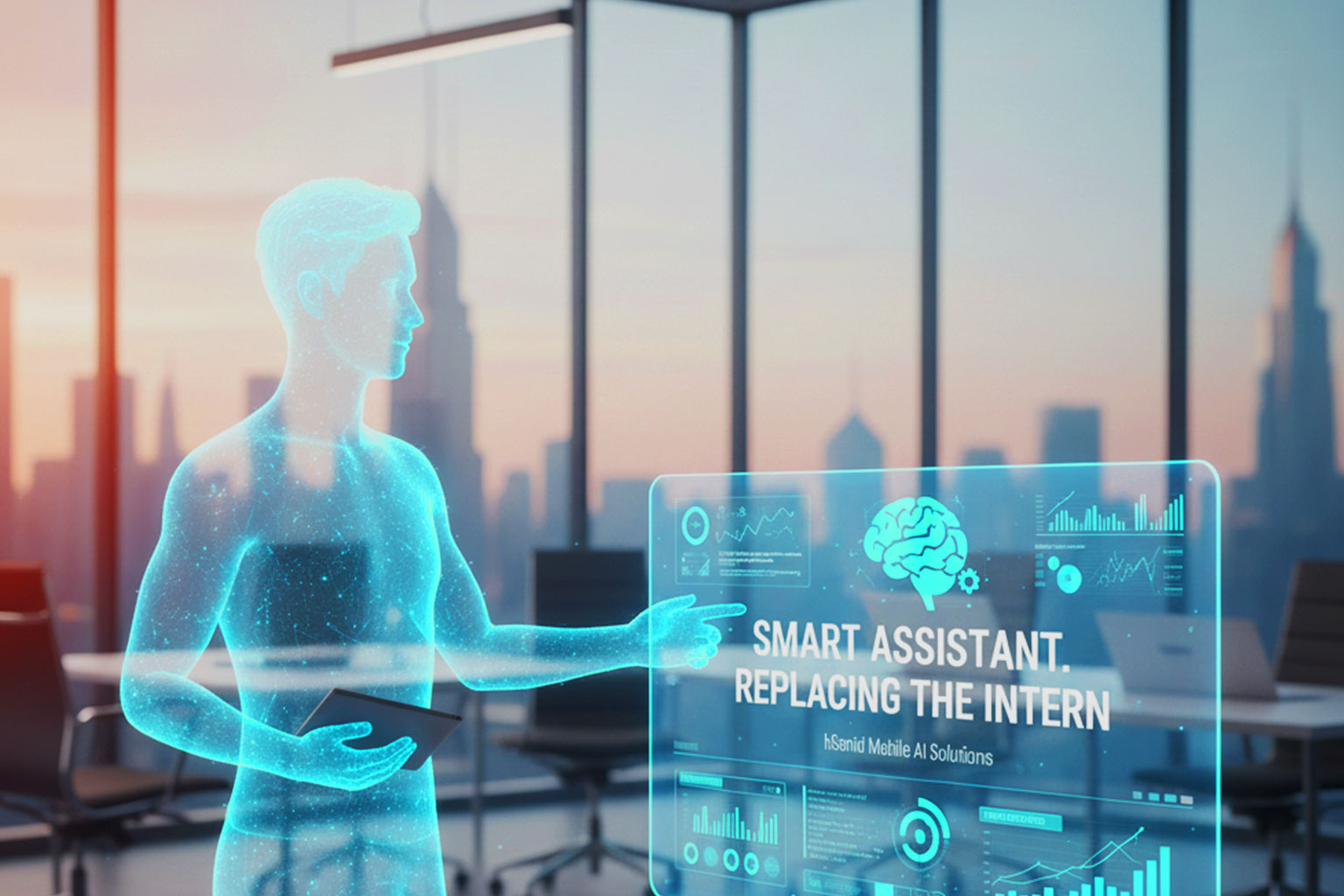In today’s fast-paced digital world, the smart chatbot is steadily becoming the preferred interface for customer service, and with good reason. Customers increasingly perceive chatbots as more reliable, efficient, and user-friendly than traditional call centers. In this article, we explore the psychological, operational, and technological reasons behind that shift; we’ll bolster the case with up-to-date statistics; and we conclude with how HelloSprout.ai can help you leverage this trust.
The Rise of Smart Chatbots vs Traditional Call Centers
Over the past decade, call centers have been the backbone of customer support. However, they are associated with long waiting times, variations in agent quality, language/acceptance barriers, and scaling challenges. Meanwhile, chatbots have evolved from simple scripted bots to AI-driven conversational agents capable of understanding intent, context, and user sentiment.
In many industries, customers no longer distinguish sharply between human and automated support, and when done well, chatbots may even outperform human support in consistency and availability.
Let’s dig into why customers tend to trust smart chatbots more than call centers.
- Instantaneous Responses & 24/7 Availability
One of the most persistent frustrations with call centers is waiting. Customers calling in often face hold times, transfers between agents, and unpredictable wait durations.
By contrast, a smart chatbot delivers instant responses. Many chatbots respond within seconds, eliminating the “dead time” that triggers user frustration. According to FullView’s 2025 customer service stats, 62% of consumers prefer engaging with chatbots rather than waiting for a human agent. Another source indicates that AI-driven customer service can reduce response times by 45%, resolving issues faster.
Because customers often judge the quality of service by how quickly they are addressed, a chatbot’s speed confers immediate trust.
- Consistency and Predictability
Human support, as excellent as it can be, is inherently variable. Agents differ in training, mood, knowledge, or willingness to help. Inconsistent answers, tone shifts, or errors create doubt in the customer’s mind: “Will I get the right answer this time?”
A smart chatbot, when properly engineered, delivers consistent performance and behavior. It adheres to scripted logic, data-backed knowledge bases, and quality control. Over many interactions, the consistency builds trust: the user learns that repeated use yields reliable answers.
In fact, 87.2% of consumers rate their interactions with bots as either neutral or positive. That high acceptance level underscores how consistency translates into perceived reliability.
- Transparency, Traceability & Logging
Chatbot interactions are recorded, timestamped, and auditable. Users and support teams can inspect conversation transcripts, check the logic flow, or revisit earlier steps. This transparency gives users confidence in traceability, a feature that phone calls often lack (unless calls are recorded, and those recordings are seldom easily accessible to customers).
In addition, a smart chatbot can show or explain how it reached a conclusion (e.g., “I found this in your account history…” or “Based on your last order…”). That form of self-explanation strengthens trust. If something seems off, the user can see exactly where the bot’s reasoning came from.
- Personalization and Context Awareness
Call center agents often lack full context. They may ask you to repeat account numbers, describe your issue again, or reverify your identity multiple times. That repetition feels tedious and erodes trust, “Do they really care about me, or just following protocol?”
By contrast, a smart chatbot can be integrated with your CRM or user database to recall past interactions, preferences, order history, and even browsing context. It can greet you by name, reference your previous tickets, and tailor suggestions or answers accordingly. This continuity gives customers the sense that the system “knows me,” reinforcing confidence.
Studies show that in text-based chatbot settings, perceived empathy and friendliness positively influence consumer trust. When a chatbot uses a friendly tone, remembers context, and demonstrates empathy, users are more willing to rely on it.
- Reduced Friction & Multitasking
When you call a support center, you often can’t multitask; you must sit through menus or hold the phone. That constrains the user’s freedom and patience.
In contrast, chat-based support lets you continue working, browsing, or multitasking while waiting for replies. The interface is less intrusive, and the friction is lower. Users feel in control, which encourages trust.
- Lower Perceived Social Risk & Interaction Anxiety
Some users feel uneasy speaking with a human agent, worrying about being judged, sounding ignorant, or dealing with a rude representative. The anonymity of a chatbot reduces social anxiety.
Because there’s no human voice potential for disdain or irritation, customers may feel freer to ask “dumb” questions or express frustration. The lower social barrier fosters candid interaction and trust in the system.
- Scalability & Immediate Updates
A smart chatbot’s knowledge base can be updated instantly across all users. If a product policy changes, a global update ensures consistency from one moment to the next. Humans require training, reinforcement, and may lag in following updated protocols.
This scalability means that the system as a whole is more trustworthy, and users know that the “source of truth” is always current.
- Cost Efficiency Enables Better Investment & UX
Because chatbots automate routine queries, they reduce operational costs. Many sources estimate that chatbots can reduce customer service operational costs by around 25–30% or more.
With lower costs, companies can allocate funds to enhance the chatbot experience (natural language understanding, richer knowledge bases, better UI) rather than just managing large call center payrolls. A better user experience leads to more trust.
When Call Centers Still Dominate, and How Smart Chatbots Mitigate Weaknesses
Call centers retain advantages in empathy, handling complex issues, and understanding nuanced emotions. But many of their weaknesses, long wait times, inconsistency, and human error, drive customers toward chatbots.
Smart chatbots can mitigate their own weaknesses by:
- Escalating to human agents when complexity is high
- Recognizing user frustration or negative sentiment and escalating proactively
- Providing “explanations” or confidence scores for their responses
- Being transparent about when the user is talking to a machine
- Continuously learning from feedback to improve responses
Interestingly, academic work on trust in chatbot systems shows that trust is layered: dispositional trust (how comfortable someone is with tech), generalized learned trust (having had positive experiences with bots), and situational trust (trust in this particular interaction). Reducing friction at each layer is crucial for adoption.
In text-based e-commerce research, task complexity moderates trust: when tasks are simple, friendliness and empathy bump trust; when tasks are complex, more caution arises. Smart chatbots are best positioned for simpler to moderate tasks, handing off more complex ones to humans.
Real-World Use Cases That Build Trust
- E-commerce ordering and tracking: Users can ask about status, cancellations, and changes in a few messages without waiting.
- Banking support: Checking balance, transaction history, card replacement, low-risk tasks where chatbots succeed.
- IT/software support: Bot guides troubleshooting or sends reset links; only tricky issues go to humans.
- Telecom/utilities: Billing inquiries, outage status, plan upgrades, handled quickly by bots.
- Travel & hospitality: Flight status, itinerary changes, booking alternatives, and chatbots are ideal for fast replies during high volumes.
Each time such interactions succeed, user trust accumulates, making the notion of “call someone” less appealing.
Why Smart Chatbots Outshine Call Centers in Trust
To sum up, here’s how smart chatbots gain the trust edge over call centers:
Factor | Call Center Weaknesses | Smart Chatbot Strengths |
Speed / Wait Time | Calls often queue, transfers, and human delays | Near-instant replies, zero hold time |
Consistency | Differences in agents, fatigue, and oversight | Uniform responses, quality control |
Transparency | Hard to audit or replay calls | Full logs, traceability, and explanation |
Context Recall | Agents may lack context or ask many questions | Integrated memory, continuity |
Scalability | Hiring, training, and turnover issues | Instant rollouts, global scaling |
Cost | High staffing, 24/7 costs | Automation allows reinvestment in UX |
Social / Interaction Anxiety | Judgment, pressure, tone sensitivity | An impersonal interface reduces stress |
Feedback & Learning | Harder to standardize learning | Easy to capture feedback and improve |
Over time, customers learn that interacting with a well-built chatbot is safer, faster, and less frustrating. The predictability breeds trust.
Final Thoughts
The shift toward trusting smart chatbot interfaces over traditional call centers is more than a passing trend; it’s a reflection of what modern users truly expect: instant value, consistency, autonomy, and respect for their time. Studies and market data confirm that customer satisfaction, adoption rates, and operational cost efficiency all lean heavily in favor of AI-driven chatbots across routine service interactions.
However, human connection still matters. The most effective customer support model today is hybrid, AI for efficiency, humans for empathy. A smart chatbot should handle repetitive, programmable queries while seamlessly escalating complex or emotionally sensitive cases to human agents.
That’s exactly where the hSenid Smart Chatbot excels. Designed with advanced AI, NLP, and machine learning, it delivers natural, human-like conversations across multiple channels, languages, and industries, from HR and IT helpdesks to banking and enterprise support. With features like speech recognition, sentiment analysis, multilingual support, and secure backend integration, it ensures that every interaction is efficient, personalized, and intelligent.
In an era where businesses are defined by how quickly and intelligently they serve their users, adopting hSenid Smart Chatbot isn’t just about automation , it’s about transformation.
👉 Empower your business with hSenid Smart Chatbot today.








